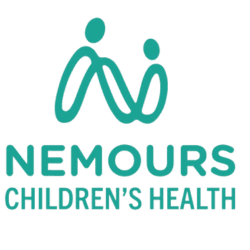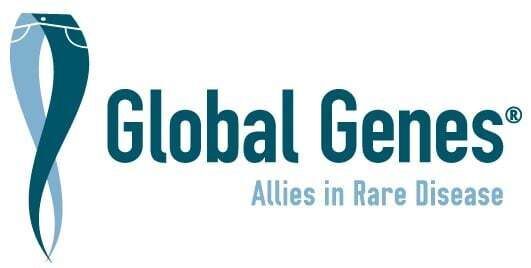
Understanding the Challenges and Progress in Managing CLAs
Complex lymphatic anomalies (CLAs) are challenging, chronic conditions that, as of now, have no curative treatments. However, significant strides have been made in managing these conditions, with treatments evolving from being purely surgical and reactive to incorporating more targeted, multimodal approaches. This blog post from Dr. Kiersten Ricci’s presentation at the 2023 LMI/LGDA International Scientific Conference on Complex Lymphatic Anomalies aims to provide an overview of the journey in understanding and treating CLAs. Dr. Ricci is with the Cincinnati Children’s Hospital and Medical Center in Ohio.
The Early Days: A Surgical Approach
Historically, treatment for CLAs was primarily surgical, focusing on addressing complications as they arose. Medical interventions were limited, and the journey of managing these conditions was often likened to navigating a series of obstacles. But, the landscape began to change with increased understanding of the pathophysiology and genetic underpinnings of these anomalies.
Landmark Discoveries: A Timeline of Progress
Starting with Dr. Jackson's first reported case in 1872, the understanding of CLAs has gradually evolved. Notable milestones include the landmark publication by Gorham and Stout in 1955, which brought attention to angiomatosis causing massive bone osteolysis. Fast forward to recent years, and we've seen a significant uptick in discoveries, particularly in the realm of drug repurposing and genomic understanding, offering new hope to patients.
The Shift in Treatment Paradigm
Today's treatment approach for CLAs is vastly different. It's no longer just about managing complications but preventing disease progression and improving the quality of life. This paradigm shift has been fueled by:
- Recognition of Genotype-Phenotype Correlations: Understanding the genetic basis of CLAs has allowed for more targeted interventions.
- Repurposing of Medications: Drugs initially developed for cancer and other conditions are now being used to target specific pathways involved in CLAs.
- Increased Collaboration: Enhanced communication across specialties has led to more cohesive and comprehensive care for patients.
Multimodal Treatment Approaches
Managing CLAs now involves a combination of targeted and non-targeted medications, supportive care, and surgical interventions when necessary. Steroids, interferon-alpha, and other agents like vincristine christine are used for their anti-inflammatory and immunosuppressive effects, although they come with side effects.
The Role of Targeted Therapies
Recent years have seen the rise of targeted therapies, such as mTOR inhibitors (e.g., sirolimus), MEK inhibitors (e.g., trametinib), and PI3K inhibitors (e.g., alpelisib). These drugs work by inhibiting overactive pathways associated with CLAs, offering a more precise approach to treatment. While effective, these therapies require careful monitoring for potential side effects and are often part of a broader treatment plan that includes supportive care.
Genetic Testing: A Crucial Tool
Given the overlapping phenotypes and complexities of CLAs, genetic testing has become increasingly important. It helps in accurately diagnosing the specific type of anomaly and in choosing the most appropriate targeted therapy, ensuring that patients receive the most effective and least invasive treatment possible.
Conclusion: A Future of Hope
The journey in understanding and treating complex lymphatic anomalies has come a long way, and the future holds promise. Ongoing research and collaboration continue to pave the way for new treatment modalities, bringing hope to those affected by these challenging conditions.










